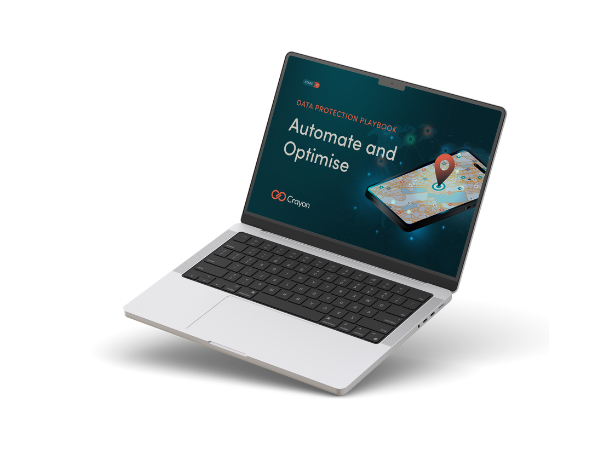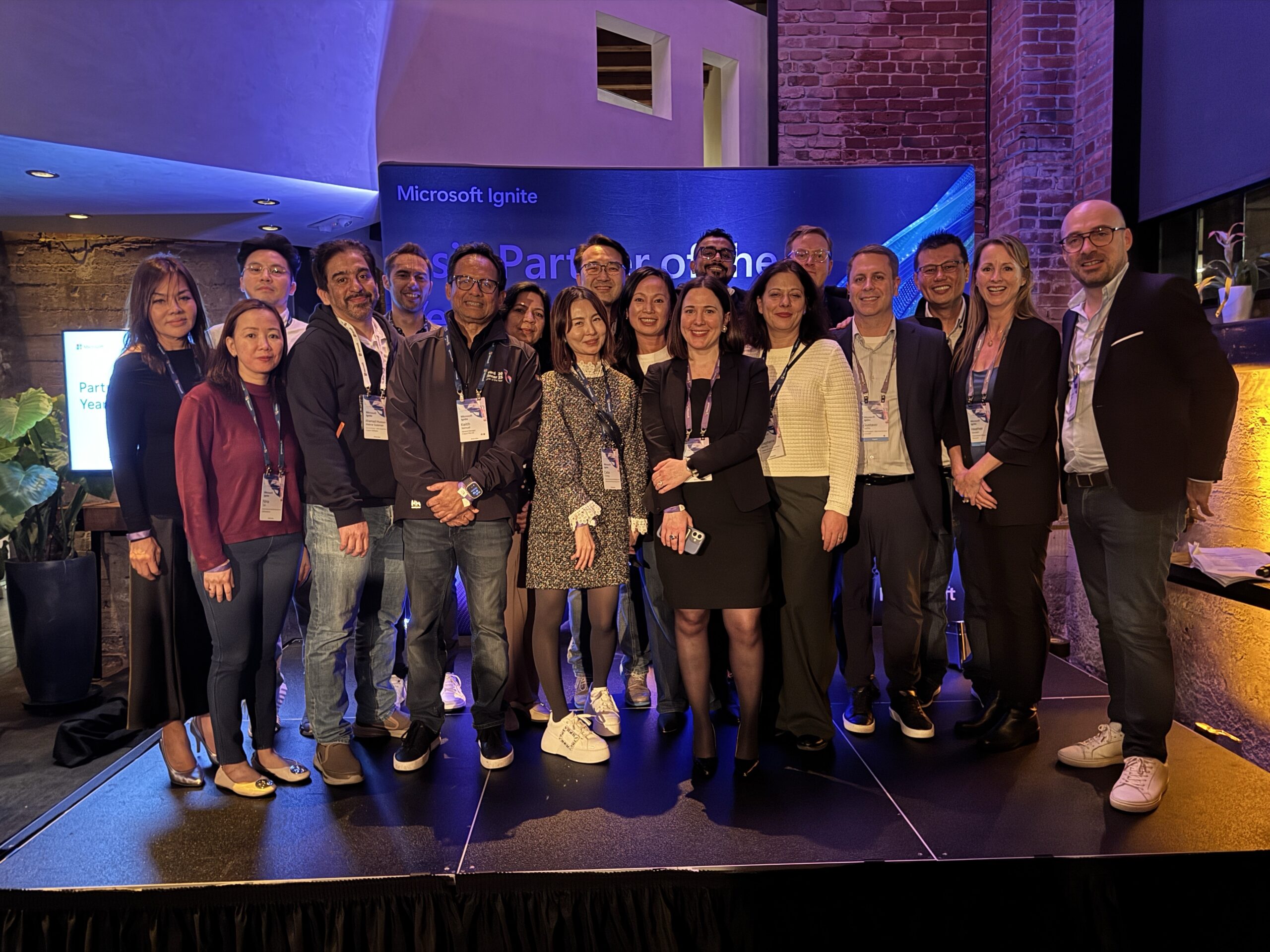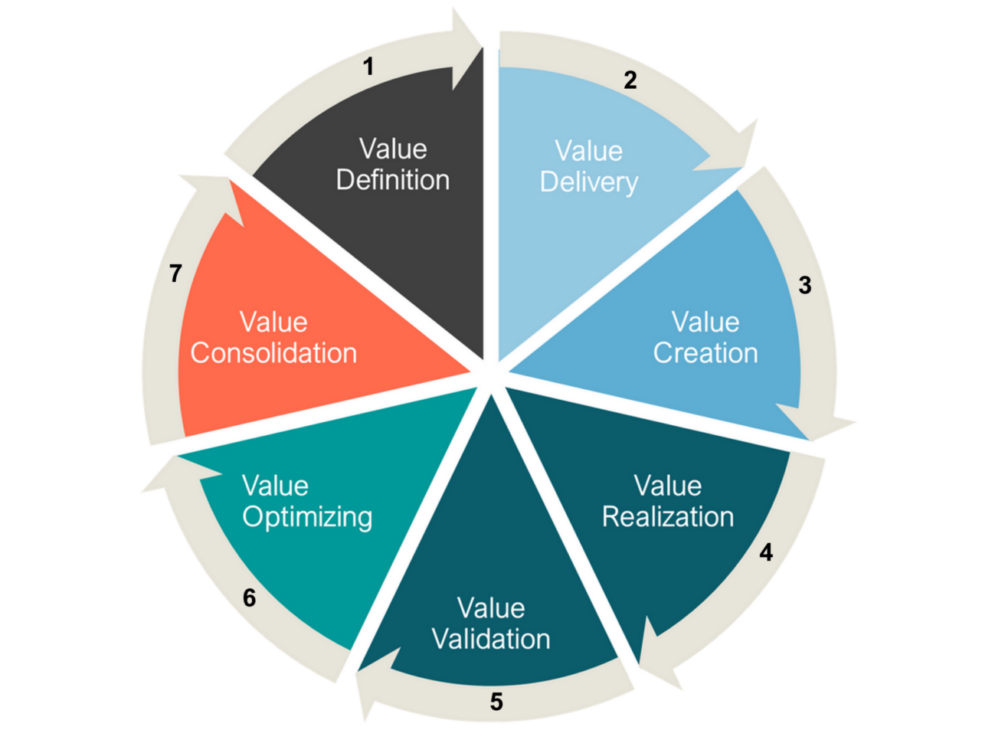
Sales and Marketing
Data Protection for Business Leadership
Business leaders don't live in the tools. They live in the outcomes. The metrics they care about most are not always limited to compliance and risk. So how do you connect data protection to the big-ticket objectives, when they're less obvious? Our in-house pre-sales expert, Michael Brooke explains.



























